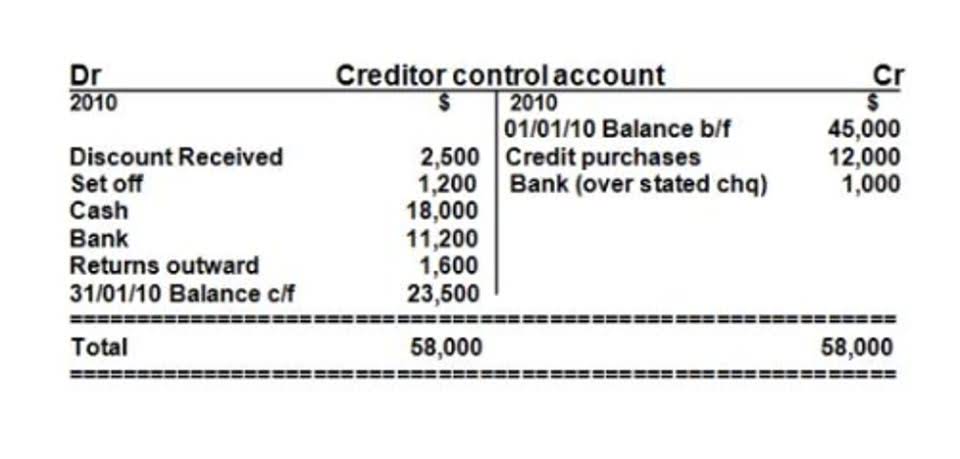
From contract review and cost tracking to generating invoices and managing cash flow, we take care of all the details so you can focus on building your business. Contact us today to learn how we can simplify your construction billing and boost your bottom line. Incorporating construction accounting software, like WERX, can be transformative in achieving this goal. WERX stands out by offering features meticulously designed for the intricacies of construction projects, such as AIA-Style billing and time and materials billing. These features streamline complex billing processes and ensure accurate project tracking.
Construction Billing Methods to Streamline Your Billing & Invoicing Process
Time and materials billing is used for small contracts and self-perform work. Subcontractors and self-perform general contractors could each use this method. Cost-plus contracts involve the contractor billing the owner for each cost that goes into the project, as well as a fee to cover the contractor’s overhead and profit. The fee may be calculated as a percentage of the total contract cost or a fixed fee set at the beginning of the project.

A Contractor’s Guide to Construction Invoicing
Once the budget is set, use historical data from past projects to refine your estimates. If possible, adjust for price fluctuations in materials and labor to prevent cost overruns. This method best suits projects that need an open-ended timeline, have an unclear end goal, construction invoice or have an uncertain end cost. When using the time and material method, multiple changes to the order can be made during the construction process. Depending on the contract, a contractor may choose to mark up the cost of the materials to increase their profit margin. This method ensures a more transparent financial arrangement where both parties understand the maximum financial commitment from the outset.
- Reliable customer support, combined with expertise in construction payroll services, is essential for handling complex wage calculations, tax filings, and compliance issues.
- A cost-plus contract involves the owner paying the contractor for the cost of a project plus a fee to cover the contractor’s profit margin.
- This construction-specific template auto-calculates the costs of materials, labor, and miscellaneous charges, including taxes.
- As the name suggests, time and materials billing invoices owners based on the number of labor hours on the project and the cost of the materials.
- Businesses have to absorb these extra costs if there are no escalation clauses in their contracts.
Offer discounts on advance payments
In this article, we explore the construction invoicing process, including how to prepare an invoice or pay application and best practices for billing. An unpaid and forgotten invoice is as good as one never sent; tracking and following up on billings regularly and in a timely manner will ensure that nothing falls through the cracks. Consider setting up a certain time every month or even bimonthly to follow up. Consider offering discounts for payment within a short time frame or even instantly online. You also might consider offering an incentive for paying cash, which means you won’t have to pay fees to any payment processors, such as a credit card company.
- As the name suggests, builders working under time and materials contracts, charge their clients based on the actual time spent on the project and the materials used.
- However, late payments impact this billing method the most, as contractors can halt construction jobs until the funds are received.
- Construction invoicing software like Moon Invoice can automate the billing and invoicing process in a way that contractors can spend more time on what’s more important.
- Every stakeholder in a construction project relies on specifications — from general contractors and suppliers to consultants and buyers.
- Typically, the party making payment requires the party receiving payment to sign a lien waiver.
- Place Data can generally be analogous to the “City Limits” or “Town Limits” (unless denoted as a CDP).
- Civil projects tend to be some of the most complicated construction endeavors.
More complicated than billing before the project begins or after a project ends, progress billing invoices are created based on the percentage of completion of work to-date. Builders working with GMP will set an upper limit for the cost of the whole construction project. Unlike other billing methods in construction, this one gives builders a clear budget to work within. Invoicing construction projects requires a lot of planning, detail, and communication from all parties. Mismanaging invoices can be detrimental to contractor’s financial position — and the overall success of a project. On other projects, vendors and subcontractors may not be responsible to adhere to the prime contractor’s invoicing standards, and can simply send over their own invoice they send across all jobs.
Additionally, construction accountants engage in sophisticated planning due to the inherently uncertain environment of building projects. Unexpected delays and cost overruns are common, and these can dramatically affect financial projections. Therefore, having a robust accounting strategy is indispensable to adapt to these changes and minimize financial disruptions.

The number of segments or units of work is usually undefined at the beginning of the project when using this structure. Unit price billing provides room for additional work or materials to a project. However, the structure is only effective when the job divides into clear blocks.
Construction Invoice Form Template

Additionally, we’ll discuss how our construction project management software Grocery Store Accounting can help streamline your billing processes, regardless of the method you choose. In short, a construction invoice breaks down materials and labor costs in a clear, easy-to-read document of payment due from the client to the contractor or construction company. Most construction invoices also include a section for the client’s signature and for a signed record of authorized payment.

Why Project Accounting is Essential for Construction Businesses
A unit price contract establishes a pre-determined price per unit for specific work items. For example, a unit price contract might specify a price per square foot of flooring installed, per cubic yard of concrete poured, or per linear foot of trench dug. This method will be suitable for some projects with repetitive tasks and clearly defined quantities. Billing disputes can happen, income statement but you can avoid them by ensuring that your invoices offer as much detail as possible. Detailed invoices start with maintaining detailed records of the money spent on labor and materials.

